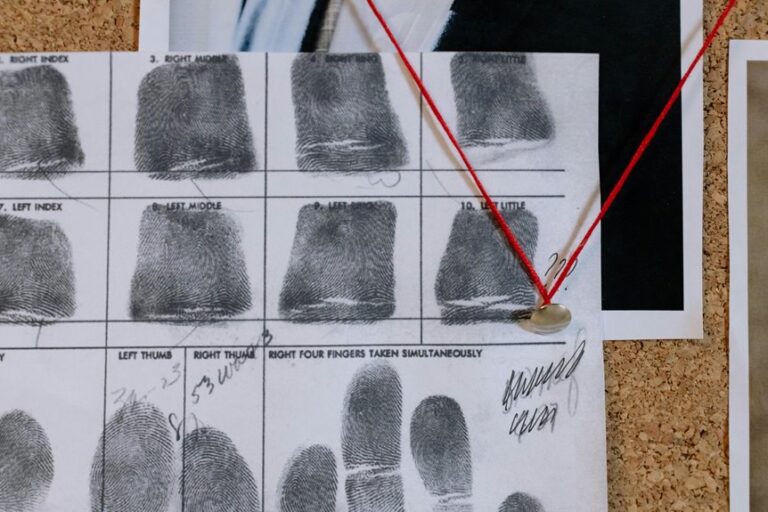Tracing the caller’s identity for the number 3391228475 requires a systematic approach involving analysis of caller ID data, understanding number formatting standards, and leveraging online reverse lookup tools. These methods help verify the caller’s location and service provider while identifying potential scams or suspicious activity. When uncertainties arise, contacting the service provider can provide definitive call records. Recognizing certain warning signs can further prevent deception, prompting an exploration of reliable verification techniques.
Understanding the Basics of Phone Number Identification
How does one accurately identify the origin of a phone call? By analyzing caller ID data and understanding number formatting standards, one can trace basic geographic or provider information.
Precise interpretation of caller ID relies on standardized number formatting, which encodes regional and carrier details. This foundational knowledge empowers individuals seeking transparency and control over their communications.
Using Online Tools and Reverse Lookup Services
Online tools and reverse lookup services serve as vital resources for obtaining detailed information about unknown or suspicious phone numbers. They facilitate call verification by providing data such as caller identity and location, while maintaining privacy protection.
These technical solutions empower users to verify calls independently, fostering freedom from unwanted intrusion and enhancing control over personal communication data.
Contacting Your Service Provider for Assistance
When encountering persistent or suspicious calls, consulting the service provider often becomes a critical step in the identification process.
Providers prioritize caller privacy while conducting identity verification, utilizing call detail records and secure protocols.
This ensures accurate attribution without compromising user rights, enabling individuals to maintain control over their communication channels while effectively tracing unknown or unwanted callers.
Recognizing and Avoiding Phone Scams
Identifying phone scams requires a systematic analysis of common tactics and warning signs employed by malicious actors. Recognizing spoofed numbers and scam call signs—such as urgent language, requests for personal information, or inconsistent caller details—enables individuals to maintain control.
Vigilance against these indicators helps preserve autonomy and prevents exploitation by sophisticated, deceptive schemes.
Conclusion
In conclusion, diligent data analysis and device diligence are essential for determining the true trajectory of the caller’s identity. By deploying detailed diagnostics through online databases and direct provider inquiries, users can discern legitimate contacts from suspicious signals. Recognizing warning waves—such as urgent requests or unfamiliar formats—fortifies defenses against deception. Ultimately, an informed, investigative approach empowers individuals to confidently counteract clandestine calls, cultivating cautious communication in an increasingly complex telecommunications landscape.







